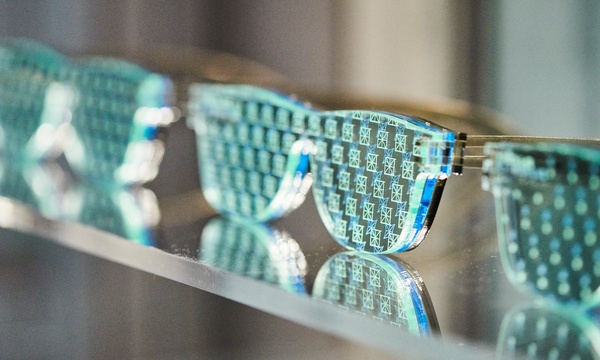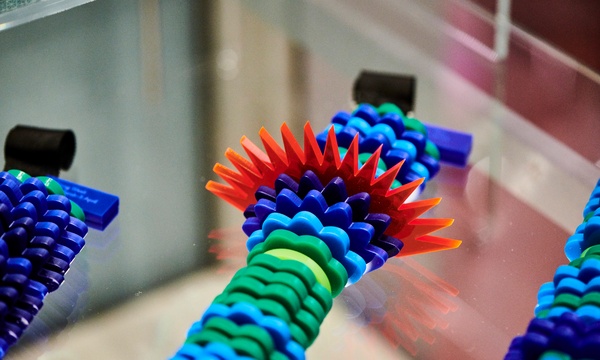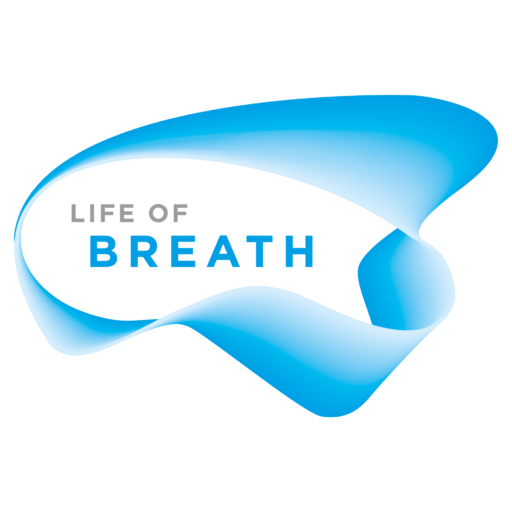Air Transformed
by Sarah McLusky, Project Manager
When putting together this exhibition, time and again we stumbled up against the challenge of of how to represent breath and air, things which are both invisible and transient. Some of the most striking objects in the exhibition are trying to do just this – make breath, air, or in the case of ‘Air Transformed’, air pollution, visible, tangible and three dimensional.
‘Air Transformed’ is a series of wearable objects which represent air pollution data from Sheffield in 2014. Commissioned by Better With Data, the artist Stefanie Posavec and data journalist Miriam Quick collaborated to create these striking glasses and necklaces. They took openly available air quality data and, focusing on three of the most problematic pollutants nitrogen dioxide, small and large particulates, collated the results into daily averages.

The glasses are made up of three layers, where each layer represents a different pollutant and the larger the pattern the higher the pollutant levels. So the ‘cloudier’ the glasses appear, the worse the air quality that day. There are three pairs representing a relatively clean day, a day with high nitrogen dioxide and, in the centre above, a day with high particulates.
By contrast, the necklaces use only the levels of PM10 particulates in the air. PM10 particulates (<10 micrometres) are invisible to our eyes and are typically produced by burning fuels. They irritate the airways aggravating conditions like asthma or COPD and long term exposure may cause lung cancer.

Each necklace represents a week’s worth of data, with each segment the averaged data for 6 hours. The size and colour of the segments indicates the PM10 levels – small, smooth and green means good air quality, whilst large, spiky and dark blue or red means high particulate levels and very poor air quality. Can you spot Bonfire night?
Although striking, the necklaces are not delicate. They weigh heavily on the chest, just as the burden of air pollution weighs heavily on us all. Does seeing data represented this way make you think differently about the invisible dangers of air pollution?
Read more about the creation of these artworks on Miriam’s website



